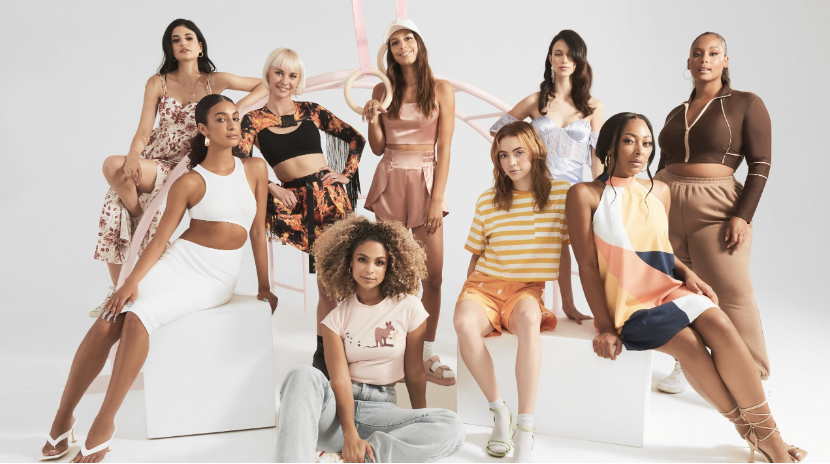

The fashion industry has transformed dramatically over the last decade, driven by a combination of sustainability, technology, and evolving societal norms. Fast fashion, characterised by short production cycles and trend-driven designs, has been at the forefront of these changes.
The rise of gender fluidity has resulted in more inclusive and unisex fashion, while eco-friendly materials and ethical practices highlight a growing concern for sustainability. The revival of early 2000s fashions, such as Y2K, coupled with a shift away from minimalism towards bold, maximalist designs, shows a renewed interest in striking patterns and colours. Additionally, the focus on comfort has led to the merging of loungewear and athleisure with trendy elements, suitable for both home and public settings.
Brands have played a key role in shaping these trends. Free People and Urban Outfitters popularised the boho chic look, while Forever 21 and H&M spearheaded the athleisure movement. Zara and Uniqlo became leading names in minimalist fashion, while Topshop and Supreme contributed to the rise of streetwear. Festival fashion saw substantial growth, with ASOS and Boohoo leading the charge. However, the emergence of Shein, a Chinese online fast fashion retailer, has dramatically shifted the market, surpassing established brands in popularity.
Founded in 2008, Shein has rapidly grown from a low-cost Chinese retailer to a global fashion powerhouse. The company’s phenomenal success, with revenue soaring from $10 billion in 2020 to $100 billion in 2022, can be attributed to its ability to offer a vast selection of trendy items at remarkably low prices. This affordability is especially appealing to Generation Z consumers, who can refresh their wardrobes and experiment with new styles without significant financial burden. Despite some concerns over product longevity, Shein’s low prices and widespread appeal have made it a favourite among young shoppers.

The brand’s marketing strategy has been pivotal to its success. Shein actively promotes its products through social media platforms such as Instagram, TikTok, and YouTube. Influencers play a significant role in this strategy, with viral haul videos and hashtag trends like #SheinHaul boosting brand awareness and fostering a sense of community among its customers. Influencers such as Addison Rae have been instrumental in driving Shein’s popularity, further expanding its reach.
Inclusivity is another key aspect of Shein’s appeal. The brand offers a wide range of sizes, including plus sizes, making fashionable clothing accessible to a diverse customer base. Shein has also collaborated with luxury brands, bringing affordable luxury into its offerings and broadening its market.
Beyond its influence on fashion, Shein has created job opportunities similar to those generated by established brands, particularly in regions less familiar with online shopping. Personal shoppers now play an important role in providing tailored shopping experiences while supporting local economies.

However, Shein's rapid rise has not been without controversy. Reports have revealed significant labour issues in its Chinese factories, including unsafe working conditions and excessive hours. Investigations by Channel 4 and Wired have raised similar concerns, leading some consumers to call for a boycott.
Moreover, Shein’s business model presents serious environmental concerns. The brand’s large-scale production results in a substantial carbon footprint, comparable to that of major coal-powered plants. While its emissions fall below the United Nations’ reduction targets, there is increasing pressure within the fashion industry for more sustainable practices to combat climate change.
Author: Mildred Xorlali Babantsi
Read Full Story




















Facebook
Twitter
Pinterest
Instagram
Google+
YouTube
LinkedIn
RSS